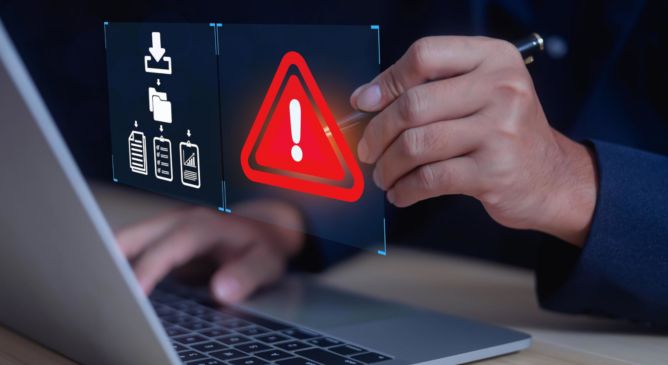

CVE-2025-0411: Ukrainian Organizations Targeted in Zero-Day Campaign and Homoglyph Attacks
The ZDI team offers an analysis on how CVE-2025-0411, a zero-day vulnerability in 7-Zip, was actively exploited to target Ukrainian organizations in a SmokeLoader campaign involving homoglyph attacks.














